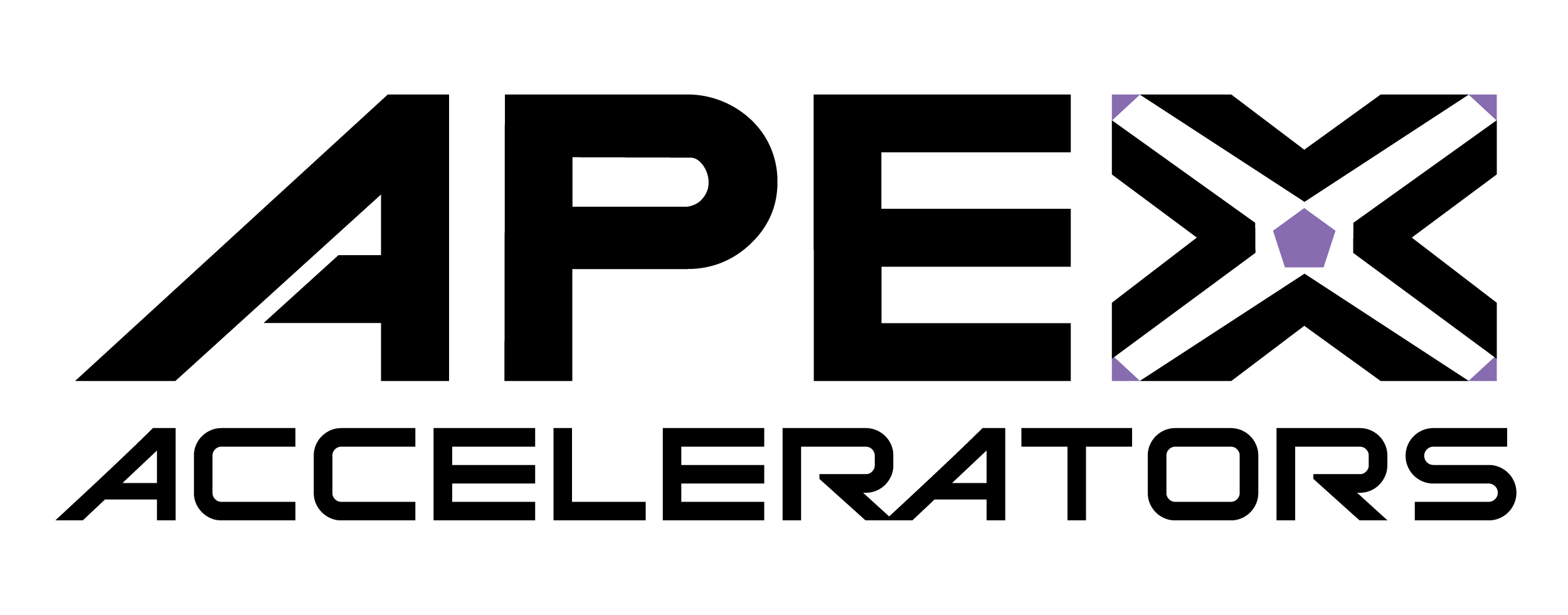Regional Grounds Maintenance
Note: There have been new actions to this contract opportunity. To view the most recent action, please click here.
Looking for contract opportunity help?
APEX Accelerators are an official government contracting resource for small businesses. Find your local APEX Accelerator (opens in new window) for free government expertise related to contract opportunities.
APEX Accelerators are funded in part through a cooperative agreement with the Department of Defense.
The APEX Accelerators program was formerly known as the Procurement Technical Assistance Program (opens in new window) (PTAP).
General Information
- Contract Opportunity Type: Solicitation (Original)
- Original Published Date: Dec 31, 2019 04:17 pm EST
- Original Date Offers Due: Feb 10, 2020 02:00 pm EST
- Inactive Policy: Manual
- Original Inactive Date: Oct 02, 2020
- Initiative:
- None
Classification
- Original Set Aside: 8(a) Set-Aside (FAR 19.8)
- Product Service Code: S208 - HOUSEKEEPING- LANDSCAPING/GROUNDSKEEPING
- NAICS Code:
- 561730 - Landscaping Services
- Place of Performance: Washington Navy Yard , DC 20374USA
Description
The Government Intends to Award a Regional Grounds Maintenance Contract for NAVFAC Washington's Area of Responsibility. This includes the Walter Reed Military Medical Center, NSF Carderock, Dalecarlia, the Naval Observatory, the Vice Presidents Residence, Washington Navy Yard, Joint Base Anacostia Bolling, Naval Research Labs, Arlington Service Center, NSF South Potomac Indian Head and Marine Corps Base Quantico.
The required services include Recurring and Non Recurring Work for Landscaping, Pest Management and Snow Removal. The contract will be for a Base Year and Four One Year Options.
Attachments/Links
Contact Information
Contracting Office Address
- 1314 HARWOOD STREET SE
- WASHINGTON NAVY YARD , DC 20374-5018
- USA
Primary Point of Contact
- Peter Kho
- Peter.Kho@Navy.Mil
- Phone Number (202) 685-0017
Secondary Point of Contact
- Myra Schenemann
- Myra.R.Schenemann@Navy.Mil
- Phone Number (202) 685-3134
History
- Mar 30, 2022 11:56 pm EDTSolicitation (Updated)
- Feb 04, 2022 06:41 pm ESTSolicitation (Updated)
- Dec 02, 2020 11:55 pm ESTSolicitation (Updated)
- May 01, 2020 03:36 pm EDTSolicitation (Updated)
- Apr 30, 2020 10:44 am EDTSolicitation (Updated)
- Apr 27, 2020 10:15 am EDTSolicitation (Updated)
- Apr 26, 2020 08:40 pm EDTSolicitation (Updated)
- Apr 21, 2020 05:26 pm EDTSolicitation (Updated)
- Apr 21, 2020 12:22 pm EDTSolicitation (Updated)
- Apr 14, 2020 02:22 pm EDTSolicitation (Updated)
- Apr 07, 2020 11:05 am EDTSolicitation (Updated)
- Mar 30, 2020 03:49 pm EDTSolicitation (Updated)
- Mar 23, 2020 07:49 pm EDTSolicitation (Updated)
- Mar 20, 2020 03:33 pm EDTSolicitation (Updated)
- Mar 16, 2020 06:18 pm EDTSolicitation (Updated)
- Mar 11, 2020 06:21 pm EDTSolicitation (Updated)
- Mar 09, 2020 11:47 am EDTSolicitation (Updated)
- Mar 03, 2020 06:22 pm ESTSolicitation (Updated)
- Feb 27, 2020 07:30 pm ESTSolicitation (Updated)
- Feb 21, 2020 06:51 pm ESTSolicitation (Updated)
- Feb 21, 2020 04:33 pm ESTSolicitation (Updated)
- Feb 21, 2020 12:44 pm ESTSolicitation (Updated)
- Feb 13, 2020 05:58 pm ESTSolicitation (Updated)
- Feb 04, 2020 01:46 pm ESTSolicitation (Updated)
- Jan 24, 2020 04:32 pm ESTSolicitation (Updated)
- Jan 14, 2020 04:53 pm ESTSolicitation (Updated)
- Jan 14, 2020 03:26 pm ESTSolicitation (Updated)
- Jan 10, 2020 11:51 am ESTSolicitation (Updated)
- Jan 09, 2020 02:34 pm ESTSolicitation (Updated)
- Dec 31, 2019 04:17 pm ESTSolicitation (Original)


